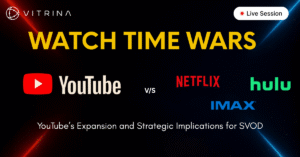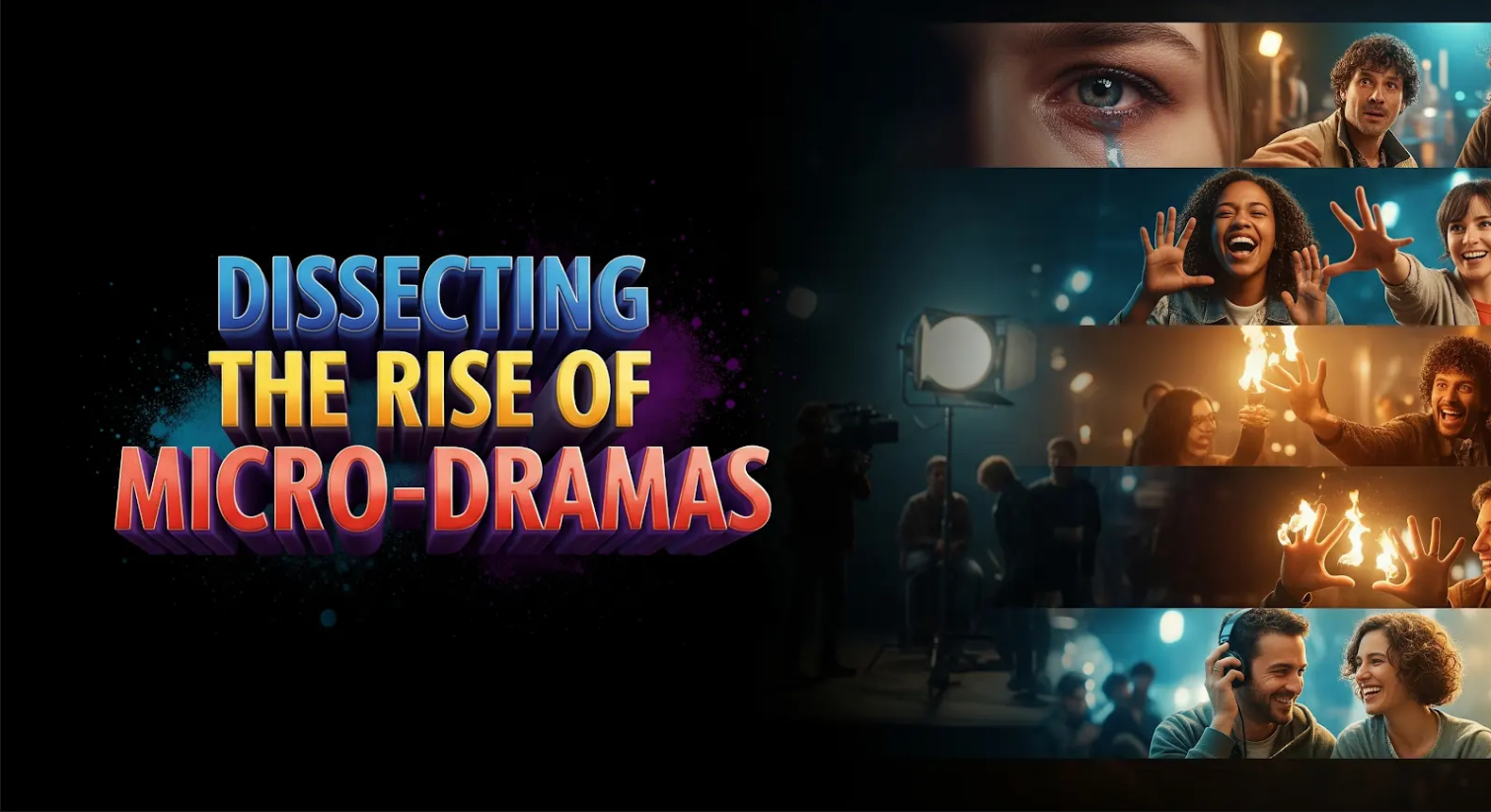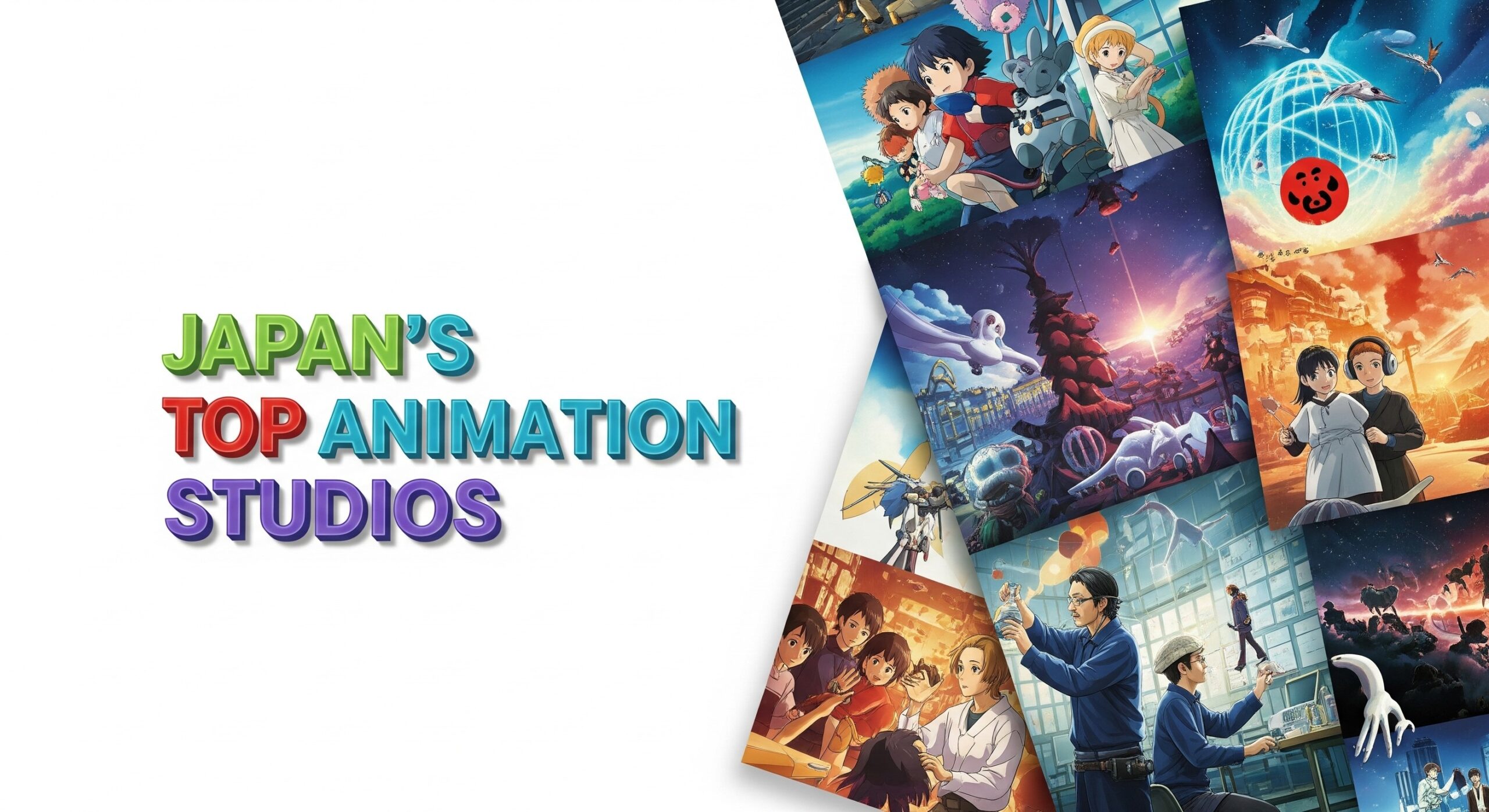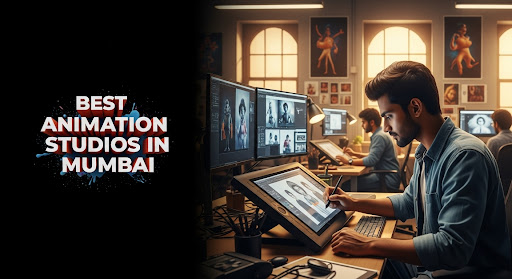Introduction
The world of film and TV acquisition deals is complex, involving multiple players, intricate negotiations, and varying deal structures. Whether you’re a streamer, broadcaster, distributor, or content creator, understanding how these deals work can unlock major opportunities for growth, monetization, and content expansion.
In this article, we’ll break down the entire acquisition deal process—from content licensing agreements to outright purchases. You’ll learn about the key deal types, who the major players are, and the factors that determine pricing and exclusivity. Plus, we’ll show you how Vitrina helps you find, qualify, and connect with the right acquisition partners across global markets.
By the end, you’ll have a clear roadmap to navigate acquisition deals effectively and strategically expand your content portfolio.
Table of content
Discover Global Content Partners with Vitrina

What is an Acquisition Deal?
A film and TV acquisition deal is a transaction where a content buyer—such as a streamer, broadcaster, or distributor—purchases the rights to a film or TV series. This can be done through licensing agreements or outright ownership transfers.
Acquisition deals help content platforms fill their libraries with engaging movies, series, and specials, ensuring a steady flow of fresh and relevant content for their audiences.
Types of Film & TV Acquisition Deals
There are several types of film and TV acquisition deals, each designed to suit different business models and content strategies.
1. Content Licensing
- Involves renting content for a fixed period.
- Can be exclusive (only one platform can stream it) or non-exclusive (multiple platforms can license the same content).
- Examples: Netflix licensing “Friends” for a limited period, HBO Max licensing movies from Warner Bros.
2. Outright Purchase (All Rights Sale)
- The buyer acquires full ownership of the content.
- The seller relinquishes all rights, including distribution, monetization, and future licensing.
- Often used for library acquisitions or studio takeovers.
3. Revenue Share Agreements
- The buyer and seller split the revenue based on performance.
- Common in AVOD (advertising-based video on demand) and FAST (Free Ad-Supported TV) models.
4. Co-Production Deals
- Two or more companies jointly finance and produce content.
- Often used by international studios and networks to share costs and risks.
5. Output Deals
- Long-term agreements where a buyer agrees to acquire all content from a particular producer or studio over a certain period.
- Example: Netflix’s output deal with Sony Pictures for first-look rights on new films.
How a Film & TV Acquisition Deal Works
A film or TV acquisition deal typically follows these key steps:
- Content Identification – Buyers identify content that fits their strategy.
- Evaluation & Negotiation – Pricing, licensing period, territories, and exclusivity terms are discussed.
- Contract Agreement – A legal contract is signed between the buyer and seller.
- Delivery & Rights Management – The content is delivered, localized (if needed), and prepared for release.
- Monetization & Performance Tracking – The buyer tracks performance metrics and renews or modifies agreements based on viewership.
Streamline Your Acquisition Deals

Key Players in Acquisition Deals
1. Content Buyers
- Streamers: Netflix, Amazon Prime, Disney+
- Broadcasters: NBC, BBC, HBO, Globo
- Distributors: Lionsgate, Paramount, Sony Pictures
2. Content Sellers
- Independent production houses
- Major studios (Disney, Universal, Warner Bros.)
- International sales agents
3. Legal & Licensing Experts
- Entertainment lawyers
- Rights management agencies
Factors Affecting Film & TV Acquisition Deals
1. Content Exclusivity
Exclusive deals drive higher pricing but also limit reach.
2. Distribution Rights
Buyers need to determine if they’re purchasing regional, global, or digital-only rights.
3. Market Demand & Trends
- Genres like thrillers, sci-fi, and K-dramas are in high demand.
- Local-language content is surging in emerging markets.
Challenges in Film & TV Acquisition Deals
- Pricing complexities – Costs vary based on demand, popularity, and licensing model.
- Competition – Multiple buyers may be vying for the same content.
- Regulatory issues – Different countries have different media laws and content quotas.
How Vitrina Helps with Acquisition Deals
Vitrina simplifies film & TV acquisition deals by providing:
✅ Global Content Discovery – Access verified data on films & TV projects in over 100 countries.
✅ Decision-Maker Access – Connect directly with key executives, buyers, and sellers.
✅ Real-Time Market Intel – Get daily updates on new deals, acquisitions, and emerging trends.
✅ Content & Rights Profiling – Find the right content based on genre, rights availability, and audience appeal.
💡 Join Vitrina today to source, evaluate, and close smarter acquisition deals with top industry players!
Key Takeaways
✔️ Acquisition deals involve content licensing, outright purchases, and co-productions.
✔️ Streamers, broadcasters, and distributors use acquisitions to build their content libraries.
✔️ Pricing, exclusivity, and distribution rights are critical factors in deal-making.
✔️ Vitrina helps content buyers and sellers connect, negotiate, and finalize deals efficiently.
Frequently Asked Questions
Licensing is temporary, while an outright purchase gives full content ownership.
Major streamers like Netflix, Disney+, Amazon Prime, and TV broadcasters like HBO, BBC, and Globo.
Platforms like Vitrina help you discover, qualify, and connect with potential buyers and sellers worldwide.



























































